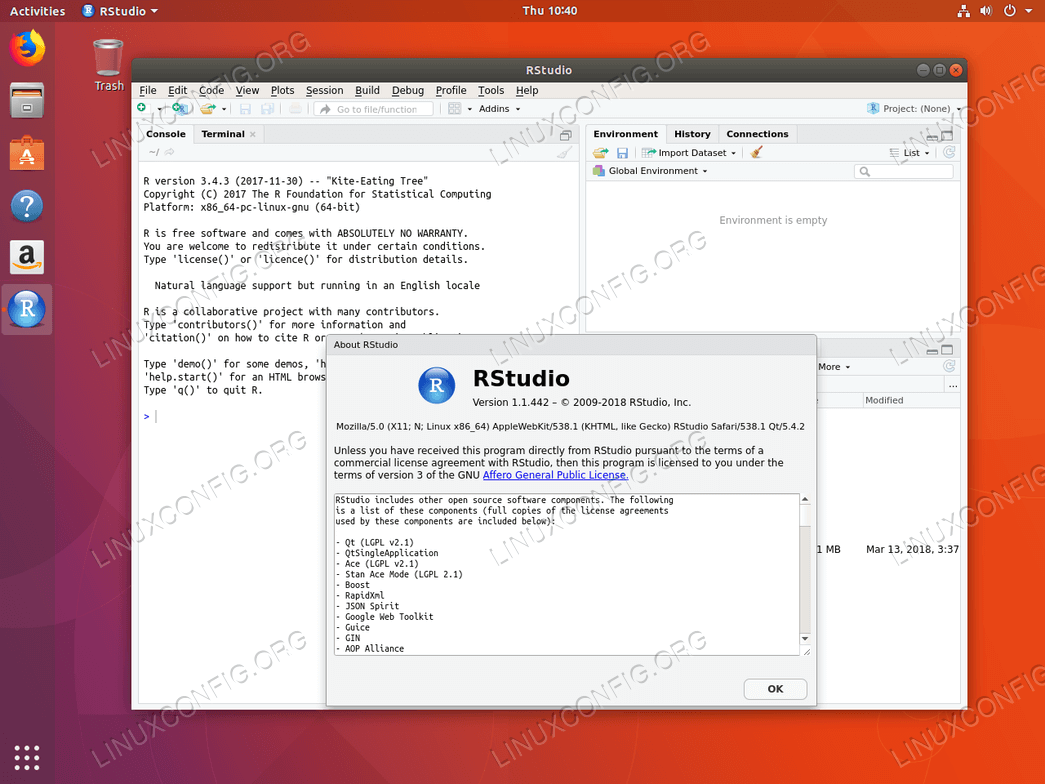

The display itself is certified for HDR10+. Its deltaE values fall comfortably within what would be considered color-accurate and good enough for color-sensitive work.Īs already mentioned, the Edge 30 Fusion has a 10-bit display panel, which is particularly great for displaying HDR content. Natural color mode aims for the sRGB color space and nails it on the head.

You can mostly fix that with the color temperature slider.

This mode results in slightly warm color reproduction. Not accurate enough for color-critical work, but not far off either. There is also a color temperature slider available for adjustment.īy default, the phone ships in saturated mode, which targets the DCI-P3 color space and is relatively accurate. In terms of color the Edge 30 Fusion has two color modes - saturated and natural. Samsung Galaxy S21 FE 5G (before second slide) Samsung Galaxy S22 Ultra (Extra brightness) In case there was any doubt - the Edge 30 Fusion is perfectly usable outdoors, even in bright sunlight. That figure essentially allows the Edge 30 Fusion to rub shoulders with some of the full-on flagships on today's market. Under bright lighting conditions, the brightness overdrive mode managed to boost that to a truly impressive 946 nits. At 100% brightness on the slider it managed a very respectable 516 nits. The Edge 30 Fusion excels in both metrics. On top of that, it has a native refresh rate of 144Hz and supports a few other refresh rate modes, which we will cover in a bit.įirst off, though, let's talk about brightness and contrast.

It has 10-bit color and is hardware certified for HDR10+. The panel here looks mighty impressive on paper. Other than that, it doesn't translate into any tangible differences in the display's performance compared to Samsung's AMOLEDs. The "P" there means the panel is using a plastic substrate and it's the sort of panel that LG makes. The Motorola Edge 30 Fusion comes with a spacious 6.55-inch P-OLED display.


 0 kommentar(er)
0 kommentar(er)
